Government Policies and Incentives
Government policies play a crucial role in shaping the Solar Photovoltaic Wafer Market. Many countries are implementing supportive regulations and financial incentives to promote solar energy adoption. For instance, tax credits, grants, and feed-in tariffs are being utilized to encourage investments in solar technologies. In 2025, it is estimated that government funding for solar projects will reach $50 billion, significantly impacting the market landscape. These initiatives not only enhance the competitiveness of solar energy but also stimulate demand for photovoltaic wafers, thereby driving growth in the industry. The alignment of public policy with renewable energy goals is likely to create a favorable environment for market expansion.
Increasing Demand for Renewable Energy
The Solar Photovoltaic Wafer Market is experiencing a surge in demand driven by the global shift towards renewable energy sources. Governments and organizations are increasingly prioritizing sustainability, leading to a rise in solar energy adoption. In 2025, the total installed solar capacity is projected to exceed 1,000 GW, indicating a robust growth trajectory. This demand is further fueled by favorable policies and incentives aimed at reducing carbon emissions. As countries strive to meet their climate goals, the Solar Photovoltaic Wafer Market is likely to benefit from heightened investments in solar technology, thereby enhancing production capacities and driving innovation in wafer manufacturing.
Growing Awareness of Environmental Impact
There is a growing awareness of the environmental impact of energy production, which is significantly influencing the Solar Photovoltaic Wafer Market. Consumers and businesses are becoming more conscious of their carbon footprints and are actively seeking sustainable energy solutions. This shift in consumer behavior is leading to increased investments in solar technologies. In 2025, it is projected that the market for solar energy will grow by 20%, driven by this heightened environmental consciousness. As more entities commit to reducing greenhouse gas emissions, the demand for solar photovoltaic wafers is expected to rise, further propelling the industry forward.
Technological Innovations in Wafer Production
Technological advancements in the Solar Photovoltaic Wafer Market are pivotal in enhancing efficiency and reducing costs. Innovations such as bifacial solar cells and PERC (Passivated Emitter and Rear Cell) technology are gaining traction, leading to improved energy conversion rates. The introduction of advanced manufacturing techniques, including automated production lines, is expected to streamline operations and minimize waste. As a result, the cost of solar wafers is projected to decrease, making solar energy more accessible. In 2025, the average price of solar wafers is anticipated to drop by approximately 10%, which could further stimulate market growth and adoption.
Rising Energy Costs and Energy Security Concerns
The Solar Photovoltaic Wafer Market is also influenced by rising energy costs and concerns over energy security. As traditional energy sources become more expensive and less reliable, consumers and businesses are increasingly turning to solar energy as a viable alternative. In 2025, energy prices are projected to rise by 15%, prompting a shift towards self-sustaining energy solutions. This trend is likely to drive demand for solar photovoltaic systems, consequently increasing the need for wafers. The emphasis on energy independence and sustainability is expected to further bolster the market, as stakeholders seek to mitigate risks associated with fluctuating energy prices.



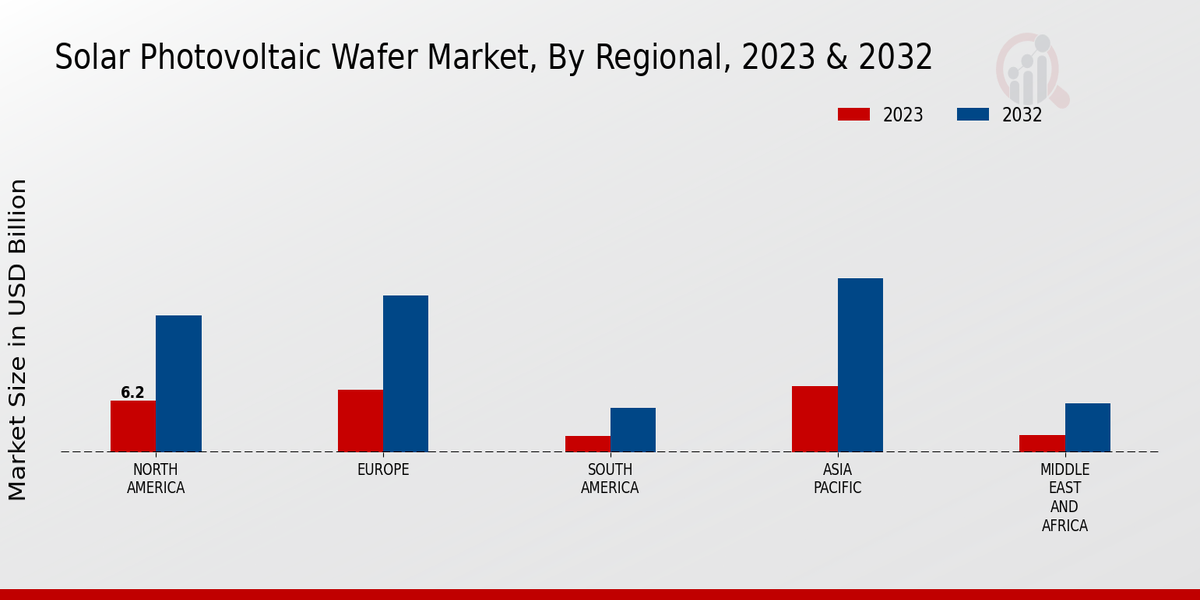
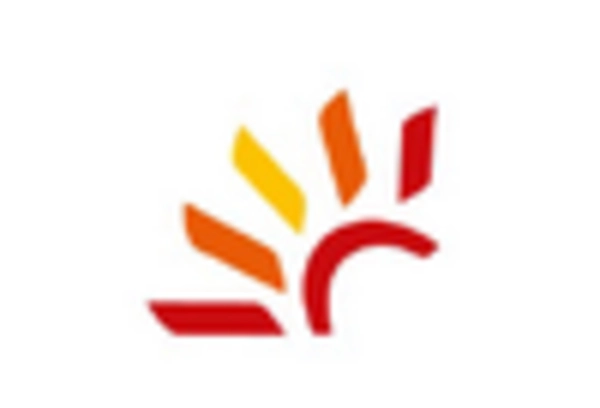
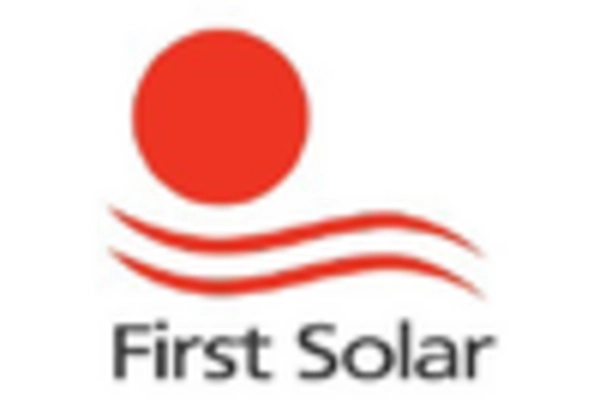
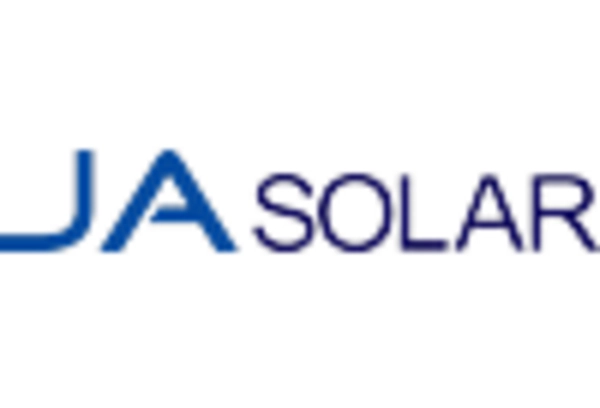
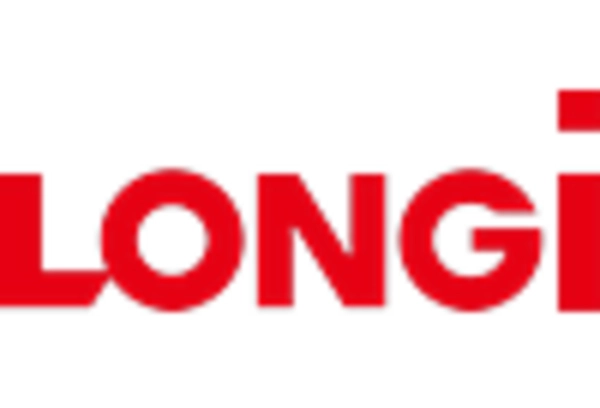
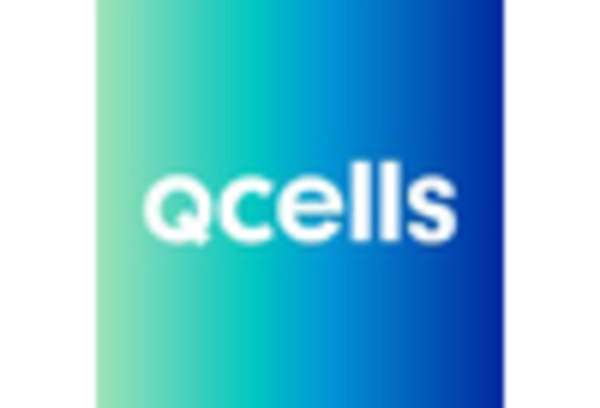
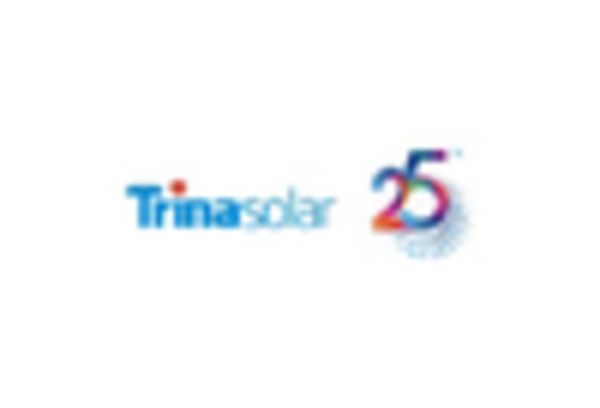








Leave a Comment